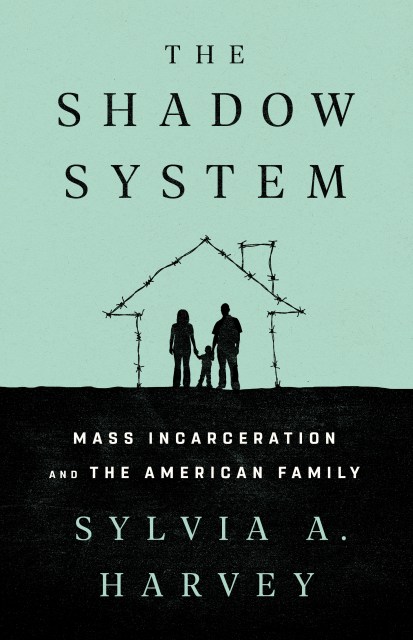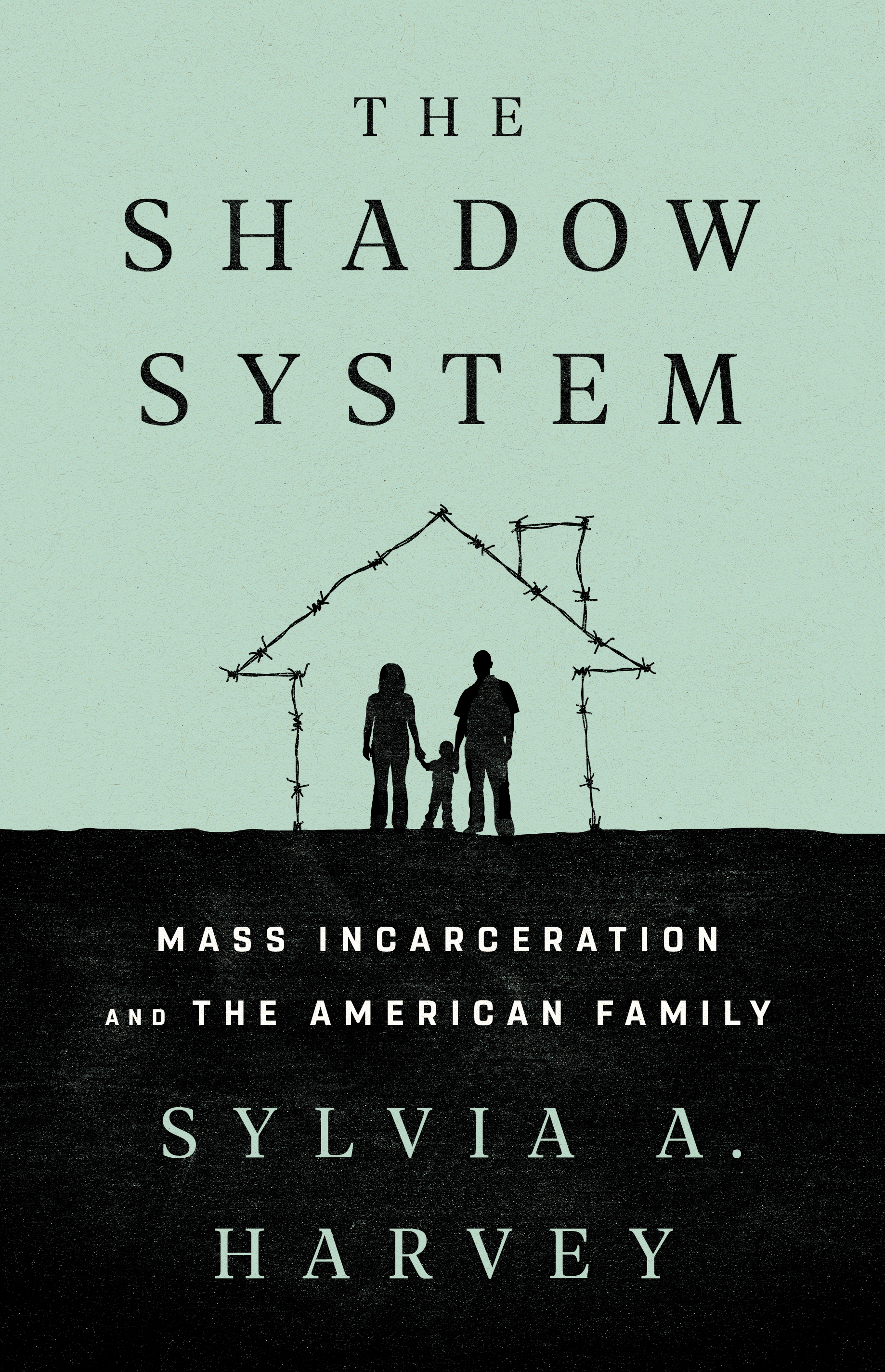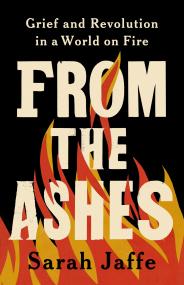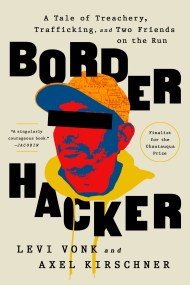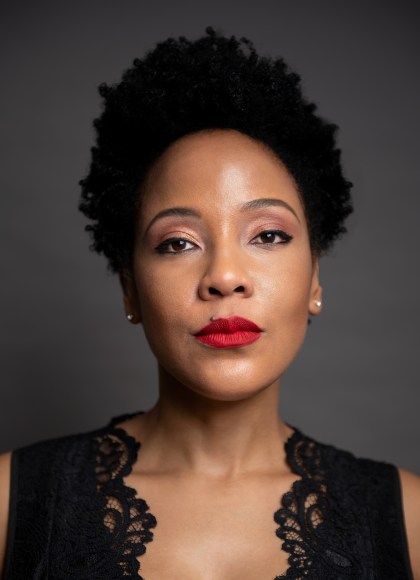Promotion
25% off sitewide. Make sure to order by 11:59am, 12/12 for holiday delivery! Code BEST25 automatically applied at checkout!
By clicking “Accept,” you agree to the use of cookies and similar technologies on your device as set forth in our Cookie Policy and our Privacy Policy. Please note that certain cookies are essential for this website to function properly and do not require user consent to be deployed.
The Shadow System
Mass Incarceration and the American Family
Contributors
Formats and Prices
- On Sale
- Apr 7, 2020
- Page Count
- 288 pages
- Publisher
- Bold Type Books
- ISBN-13
- 9781568588827
Price
$16.99Price
$21.99 CADFormat
Format:
- ebook $16.99 $21.99 CAD
- Hardcover $28.00 $35.00 CAD
- Audiobook Download (Unabridged)
This item is a preorder. Your payment method will be charged immediately, and the product is expected to ship on or around April 7, 2020. This date is subject to change due to shipping delays beyond our control.
Buy from Other Retailers:
Genre:
-
"A solid combination of research, compassion, and anger that sheds light on a highly flawed system."Kirkus
-
"Harvey goes behind today's headlines of prison riots, inmate and officer casualties and widespread corruption. She makes it personal, weaving the paths of three families through time, crime and, seemingly inevitably, prison. Implacable poverty, addictions, blatant racism and poor legal representation coalesce to bear down on the generations of families fractured by incarceration."BookPage
-
"Journalist Sylvia A. Harvey presents this urgent and compassionate call for change in the oppressive system of mass incarceration in the US."Ms. Magazine
-
"America's mass incarceration system is a monster producing limitless stories about the bodies it has devoured and the bones it has spat out. But, for the first time, Sylvia A. Harvey chronicles the collateral damage of this ravenous injustice industry by giving voice to the heartbreaking stories of the families that constitute its collateral damage."Michael Harriot, TheRoot
-
"My brother was imprisoned for 30 years. I know firsthand just how devastating the impact of imprisonment is on a family. Sylvia A. Harvey's The Shadow System is an emotionally powerful and devastating analysis of how the prison system punishes and profits from families caught in its clutches. This urgent book makes us aware that some of the heaviest costs of incarceration are borne by children and families."Michael Eric Dyson, NewYork Times bestselling author
Newsletter Signup
By clicking ‘Sign Up,’ I acknowledge that I have read and agree to Hachette Book Group’s Privacy Policy and Terms of Use
